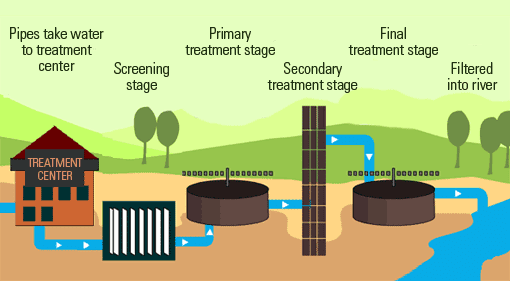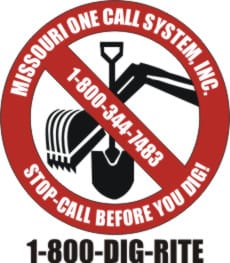Treatment Process
What is WASTEWATER?
Basically, wastewater is the flow of used water from a community. While most people think of it as only sanitary sewage, wastewater comes from many sources, including homes, businesses, schools, and industries.
This flow includes water from showers, sinks, dishwashers, laundries, car washes, hospitals, and food processing operations, and this is just scratching the surface.
According to the U.S. Environmental Protection Agency (U.S. EPA), the average American produces 100 gallons of wastewater each day—that’s nearly 1600 glasses of water or almost two full bathtubs!
With a clear understanding of the value and needs of adequate wastewater treatment, we can all work together to ensure we meet our clean water and environmental goals.
Wastewater treatment/reclamation basically takes place in three stages:
- Primary treatment, which removes 40-60% of the solids. This is everything flushable and non-flushable from rags and plastics and smaller particles found in wastewater. Physical methods are used like screening and skimming to remove solids.
- Secondary treatment, which removes the solid organic matter and pollutants. Helpful bacteria and other microorganisms are introduced to consume organic matter in wastewater. During this process the insoluble matter separates and settles on the bottom (sludge), then is removed.
- Chemical Treatment, involves the use of chemicals to sanitize water. Commonly, chlorine is used to kill the remaining bacteria and purify the water. This reclamation process ensures that the water is safe to put back into the environment.



